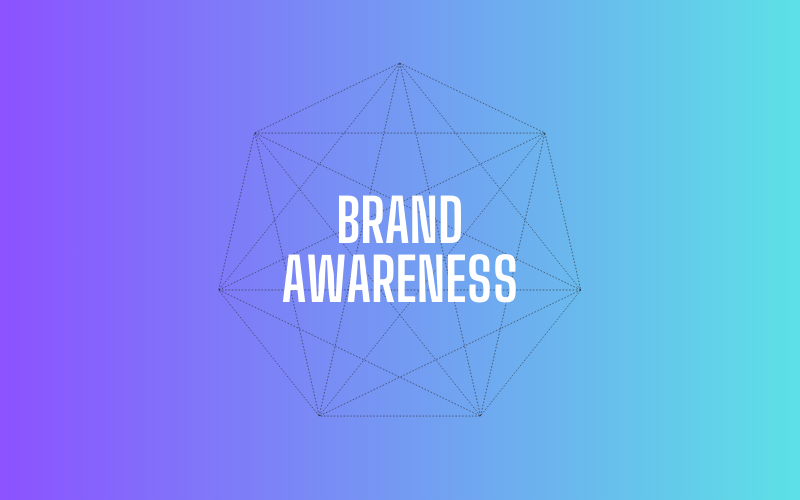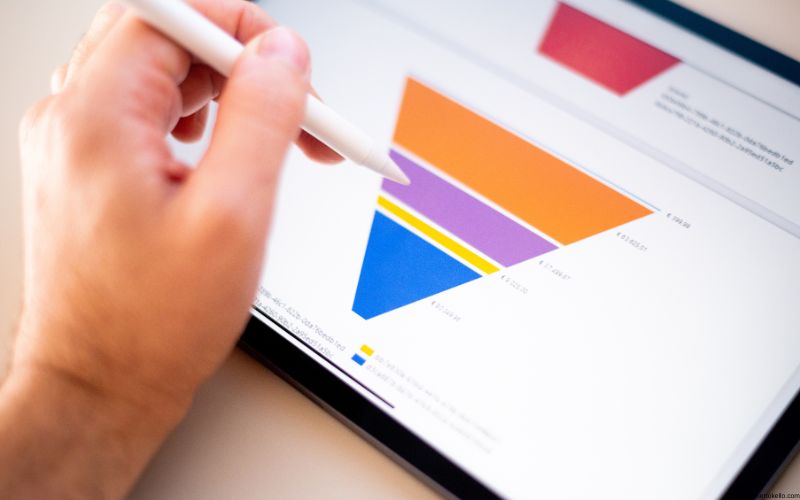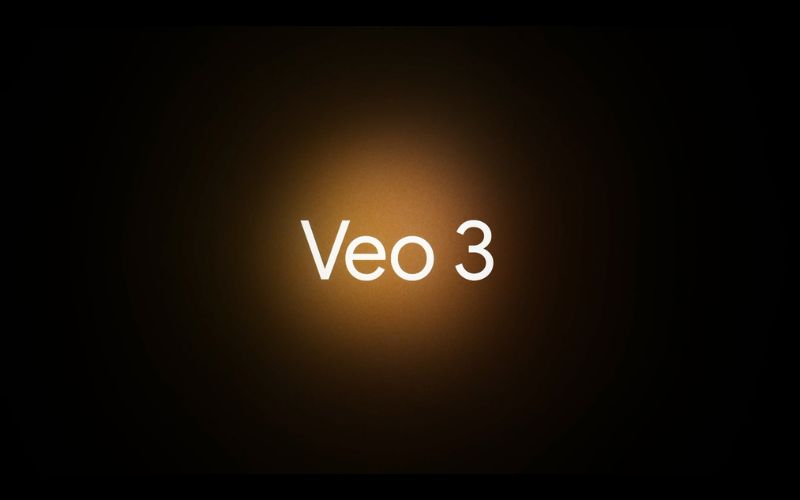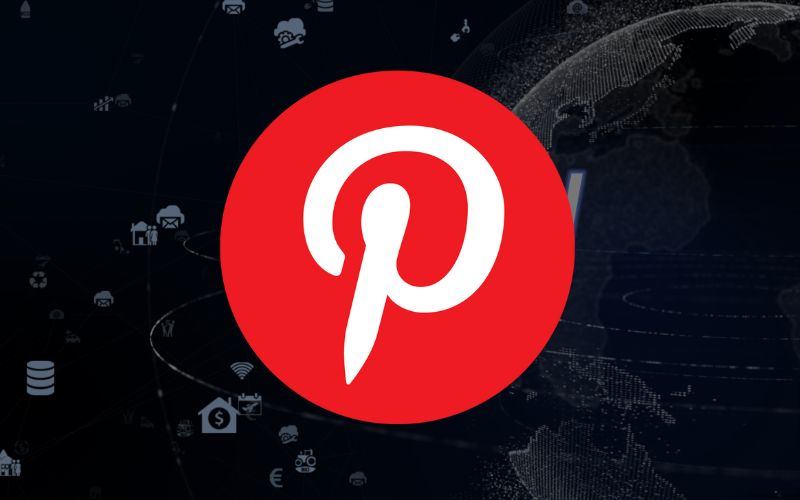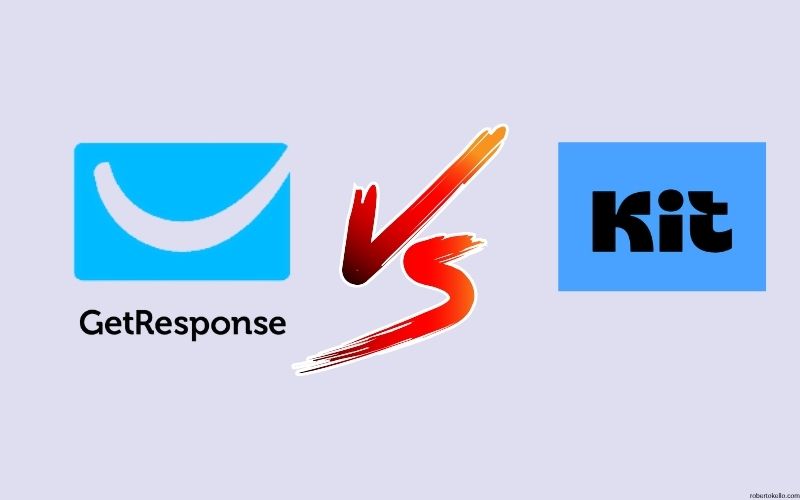Social media has revolutionized the way businesses connect with their target audience and has become an essential tool for building brand awareness. With billions of active users on various platforms, leveraging social media has become crucial for businesses of all sizes to reach and engage with their potential customers.
One of the key benefits of using social media for brand awareness is its ability to reach a wider audience. Unlike traditional advertising methods, social media allows businesses to reach their target audience directly, without geographical constraints. By crafting compelling content and strategically targeting specific demographics, businesses can increase their reach and visibility exponentially.

Choosing the right social media platforms for your brand is essential for effective brand awareness. Conducting thorough market research and understanding your target audience’s preferences and behavior will help determine which platforms are most suitable for your brand. Whether it’s Facebook, Twitter, Instagram, LinkedIn, or other emerging platforms, each offers unique features that can be leveraged to deliver the desired brand message.
Leveraging social media for brand awareness is crucial in today’s digital age. Its ability to reach a wide audience, cost-effectiveness, and interactive features make it an invaluable tool for businesses. By understanding your target audience, choosing the right platforms, creating engaging content, and building a strong social media community, businesses can boost their brand visibility and ultimately drive growth and success. Keep in mind that analyzing and measuring the effectiveness of social media efforts is essential to continuously improve and optimize brand awareness strategies.
Table of Contents
ToggleThe Importance of Choosing the Right Social Media Platforms for Your Brand
Choosing the right social media platforms for your brand is crucial in leveraging social media for brand awareness. With the plethora of platforms available, it is essential to strategize and select the platforms that align with your brand and target audience. By doing so, you can maximize your brand’s reach, engagement, and ultimately, its visibility.
One key factor to consider when choosing social media platforms is your target audience. Different platforms attract different demographics and user behaviors. For instance, if your target audience consists of professionals and businesses, LinkedIn may be the ideal platform as it focuses on professional networking. On the other hand, platforms like Instagram and Snapchat are more popular among younger demographics, making them suitable for brands targeting millennials and Gen Z.
Another aspect to consider is the nature of your brand and content. Visual-centric platforms like Instagram and Pinterest are ideal for brands that rely heavily on visuals, such as fashion, food, and travel. If your brand offers a service or produces informative content, platforms like Facebook and Twitter may be more suitable for sharing articles, updates, and engaging with your audience.
Furthermore, it is crucial to evaluate the level of engagement and activity on each platform. While Facebook boasts the largest user base, platforms like Twitter and Instagram may offer higher engagement rates due to their focus on real-time updates and visual content. Research and analyze the platforms where your target audience is most active to ensure your brand message effectively reaches them.
Additionally, it is important to align your brand’s values and tone with the platform’s culture. Each platform has its own unique atmosphere and user expectations. For example, Twitter is known for its real-time conversation and quick updates, while LinkedIn focuses on professionalism and networking. By understanding and adapting to the platform’s culture, you can effectively engage with your audience and establish a strong brand presence.
Choosing the right social media platforms for your brand is crucial in leveraging social media for brand awareness. By identifying your target audience, considering the nature of your brand and content, evaluating engagement levels, and aligning with the platform’s culture, you can strategically select the platforms that will maximize your brand’s visibility and impact. Remember, it’s not about being present on every platform, but about being present on the right platforms that resonate with your audience and amplify your brand’s message.

Creating Engaging and Shareable Content for Social Media
When it comes to leveraging social media for brand awareness, one of the key strategies is to create engaging and shareable content. In today’s digital age, where social media platforms have become a primary source of information and communication, brands need to ensure that their content stands out and captures the attention of their target audience.
To create content that is not only engaging but also shareable, it is essential to understand the preferences and behaviors of the target audience. Conducting thorough research on the demographics, interests, and online behavior of your audience can provide valuable insights into the type of content that will resonate with them.
Visual content, such as images and videos, tend to perform exceptionally well on social media platforms. They are eye-catching and can convey messages quickly and effectively. high-quality visuals into your social media posts can significantly increase engagement and shares.
Another effective strategy for creating engaging content is to tell compelling stories. People connect with stories on an emotional level, and they are more likely to remember and share content that evokes emotions. Brands can use storytelling techniques to communicate their brand values, share customer success stories, or showcase behind-the-scenes glimpses of their operations.
Furthermore, interactive content can also help boost engagement and shares on social media. Polls, quizzes, and contests are popular formats that encourage audience participation and capture their attention. By involving the audience in your content, you can foster a sense of community and increase the likelihood of shares and interactions.
In order to create content that is shareable, it is crucial to ensure that it provides value to the audience. Offering useful tips, insights, or educational content positions your brand as an authority in your industry. When your audience finds your content helpful, they are more likely to share it with their own followers, thereby expanding your brand’s reach and visibility.
Creating engaging and shareable content plays a vital role in leveraging social media for brand awareness. By understanding your target audience, incorporating visuals, telling compelling stories, and providing value, you can increase engagement, shares, and ultimately boost your brand’s visibility on social media platforms.
The Power of Building a Strong Social Media Community
When it comes to leveraging social media for brand awareness, one of the key strategies to focus on is building a strong social media community. A social media community refers to a group of loyal followers and advocates who actively engage with your brand’s content, share it with their own networks, and contribute to discussions. By nurturing and growing this community, you can significantly boost your brand’s visibility and reach.
So, how can you build a strong social media community? Here are a few effective tactics:
1. Provide Value-Added Content: In order to attract and engage your target audience, it’s crucial to consistently deliver valuable and relevant content. This content can take the form of blog posts, articles, videos, infographics, or any other format that aligns with your brand’s messaging and values. When your audience perceives your content as informative, entertaining, or helpful, they are more likely to share it with their own networks, thus expanding your brand’s reach.
2. Foster Meaningful Interactions: Building a strong social media community goes beyond just sharing content. It involves actively engaging with your audience and fostering meaningful interactions. Respond to comments, likes, and shares in a timely and personalized manner. Encourage discussions, ask questions, and seek feedback. By showing genuine interest in your audience’s opinions and experiences, you can establish a deeper connection and build brand loyalty.
3. Encourage User-Generated Content: User-generated content (UGC) is content created by your audience that showcases their experiences, perspectives, or creativity related to your brand. Encouraging and sharing UGC not only amplifies your brand’s reach but also strengthens the sense of community. It demonstrates that you value and appreciate your audience’s contributions, reinforcing their connection to your brand and motivating them to continue engaging with your social media channels.
4. Collaborate with Influencers: Influencer marketing has gained significant momentum in recent years, and for good reason. Collaborating with influencers who align with your brand’s values and target audience can help you tap into their established communities. By leveraging their reach and credibility, you can introduce your brand to a wider audience, build trust, and spark interest in your products or services.
5. Organize Social Media Contests: Everyone loves a good contest, and organizing them on social media platforms can be a great way to encourage engagement and increase brand visibility. Contests can range from photo or video challenges to caption competitions or giveaways. Offering enticing prizes and setting clear participation guidelines can help generate buzz around your brand and attract new followers.
Building a strong social media community takes time, effort, and a genuine commitment to engaging with your audience. By consistently providing valuable content, fostering meaningful interactions, encouraging user-generated content, collaborating with influencers, and organizing social media contests, you can create a vibrant and loyal community that not only boosts brand visibility but also fosters brand advocacy.
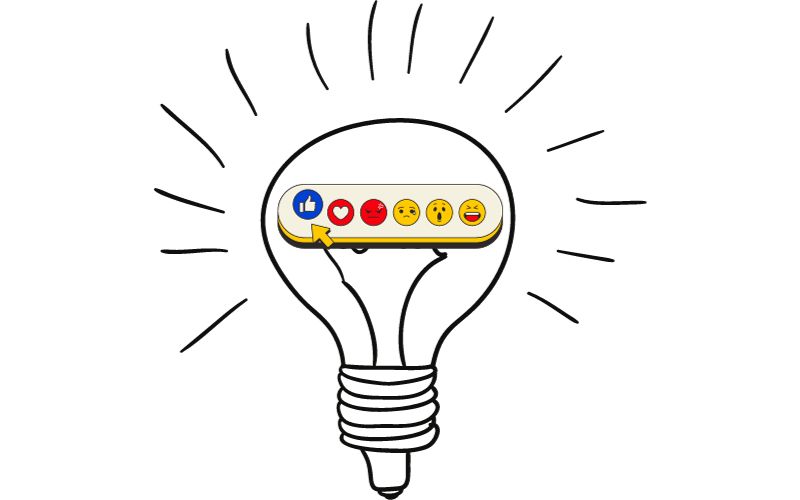
The Effectiveness of Social Media for Brand Awareness
In today’s digital age, leveraging social media for brand awareness has become a crucial aspect of any successful marketing strategy. Social media platforms provide businesses with a unique opportunity to connect with their target audience, increase visibility, and ultimately drive more conversions. By effectively utilizing social media, brands can engage with their audience on a personal level and create a lasting impression.
Social media platforms such as Facebook, Twitter, Instagram, and LinkedIn have millions, if not billions, of active users, making them an ideal space for brands to showcase their products and services. These platforms allow businesses to reach a wider audience than ever before, expanding their brand’s visibility and attracting potential customers.
Through social media, businesses can establish themselves as industry leaders by sharing valuable and informative content. By consistently providing relevant and engaging information, brands can build credibility and gain the trust of their target audience. This trust can lead to increased brand loyalty and, ultimately, greater brand awareness.
Another key benefit of leveraging social media for brand awareness is the ability to interact directly with customers. Social media platforms allow for real-time communication, enabling brands to respond to customer inquiries, concerns, and feedback. By addressing customer needs promptly and effectively, businesses can build strong relationships with their audience, further enhancing brand visibility and reputation.
Additionally, social media offers brands the opportunity to create viral content easily. Engaging and shareable content can quickly spread across platforms, reaching a large number of potential customers within a short period. This viral effect can significantly boost brand awareness and increase the likelihood of conversions.
Furthermore, social media platforms provide valuable analytics and insights into the effectiveness of brand awareness campaigns. Businesses can measure key metrics such as engagement rate, reach, and impressions to determine the success of their social media efforts. These data-driven insights allow brands to make informed decisions and optimize their strategies to maximize their impact.
Leveraging social media for brand awareness is essential in today’s digital landscape. By effectively utilizing social media platforms, businesses can connect with their target audience, build credibility, and increase brand visibility. Through the creation of engaging and shareable content, direct customer interaction, and data-driven analytics, brands can optimize their presence on social media and achieve long-term success. So, if you want to boost your brand awareness and reach new heights, it’s time to embrace the power of social media.
Conclusion
In today’s digital age, leveraging social media for brand awareness has become a necessity for businesses of all sizes. Through the power of social media, companies can connect with their target audience on a more personal level, establish brand identity, and increase visibility. By actively participating in social media platforms, businesses can successfully build a strong online presence and reach a wider audience.
One of the key factors of using social media for brand awareness is choosing the right platforms. Different social media platforms attract different demographics, so it is essential to understand where your target audience is most active. For instance, if you are targeting a younger demographic, platforms like Instagram and Snapchat might be more effective, while LinkedIn or Twitter may be better suited for a professional audience. By strategically selecting the appropriate platforms, businesses can focus their efforts on reaching their intended audience.
Creating engaging and shareable content is another crucial aspect of leveraging social media for brand awareness. By producing high-quality and unique content, businesses can captivate their audience’s attention, making them more likely to share it with others. Infographics, videos, and interactive posts are just a few examples of content that can go viral and generate brand visibility. The key to success is understanding what type of content resonates with your audience and tailoring it to their interests and preferences.
Building a strong social media community is instrumental in boosting brand visibility. By actively engaging with your audience, responding to comments and inquiries, and fostering a sense of community, you can create a loyal following that supports and advocates for your brand. Encouraging user-generated content, such as contests or tags, also helps to generate organic reach and further expands your brand’s online presence. This sense of community fosters a positive relationship between the brand and its customers, ultimately strengthening brand awareness.
Effective leveraging of social media for brand awareness requires continuous analysis and measurement. Businesses should regularly track their social media metrics to understand what is working and what is not. By monitoring engagement rates, post reach, and conversion rates, businesses can make data-driven decisions to optimize their social media strategies. Additionally, using analytics tools provided by the social media platforms themselves or third-party applications can provide valuable insights into the effectiveness of your brand’s social media efforts.
Social media has become an indispensable tool for brand awareness. By choosing the right platforms, creating engaging content, building a strong social media community, and analyzing effectiveness, businesses can successfully leverage social media to increase brand visibility and reach their target audience. With the ever-evolving landscape of social media, it is crucial for brands to stay up to date with trends and adapt their strategies accordingly to stay ahead in an increasingly competitive digital market.
